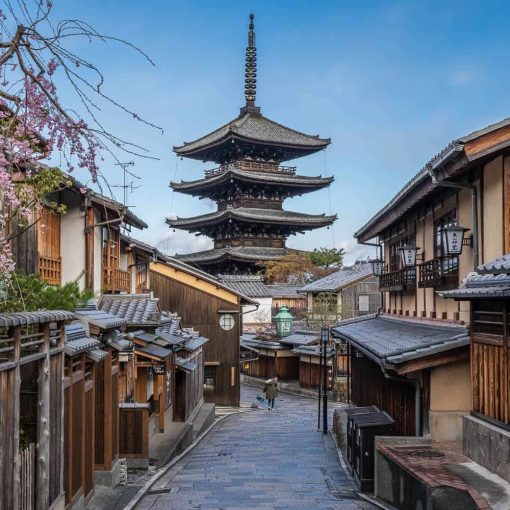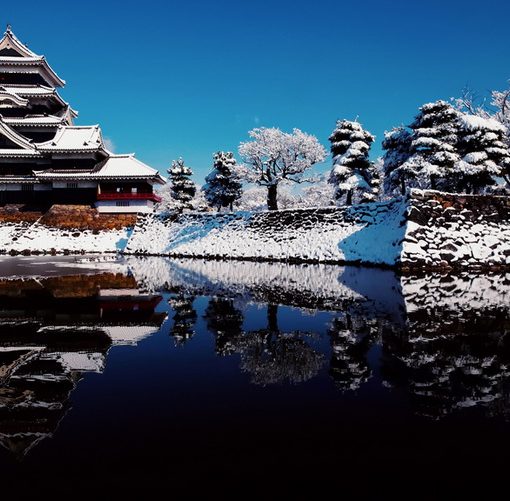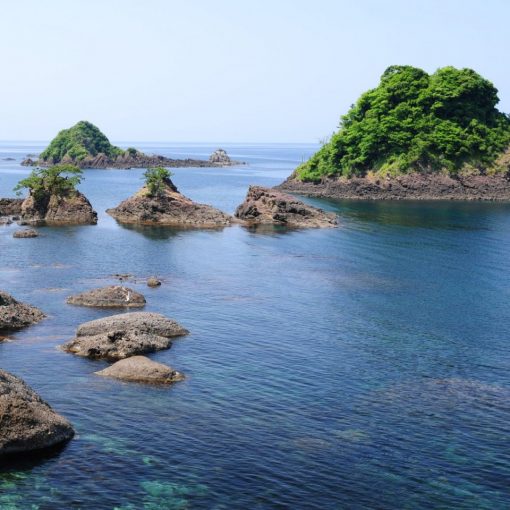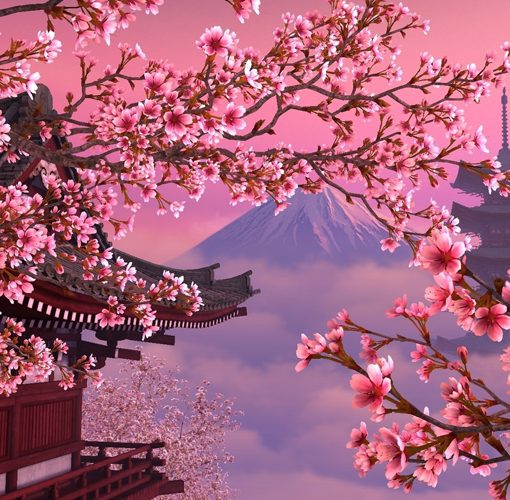It is located in the middle and southern part of the island of Honshu of the Japanese archipelago. The sacred mountains of Wakayama, revered since ancient times, have always attracted many pilgrims here.
Most of the coastline is covered by sheer cliffs, and more than 130 large and small islands are scattered along the coast. In the course of geological transformations, the mountains near the coast alternately rose and then fell, and as a result, the modern complex relief of this area has developed. Ancient sanctuaries in these mountains are surrounded by many unusual giant rocks of the most bizarre shapes.
In Wakayama there is an ancient castle that belonged to the Tokugawa clan, around which the city began to grow in the Middle Ages. From the top of the castle, there is a wonderful view of Wakayama and the Kino-kawa River, which is considered one of the symbols of the city. In the southern part of the castle park is an impressive modern art museum with a collection of Japanese and Western contemporary artists.
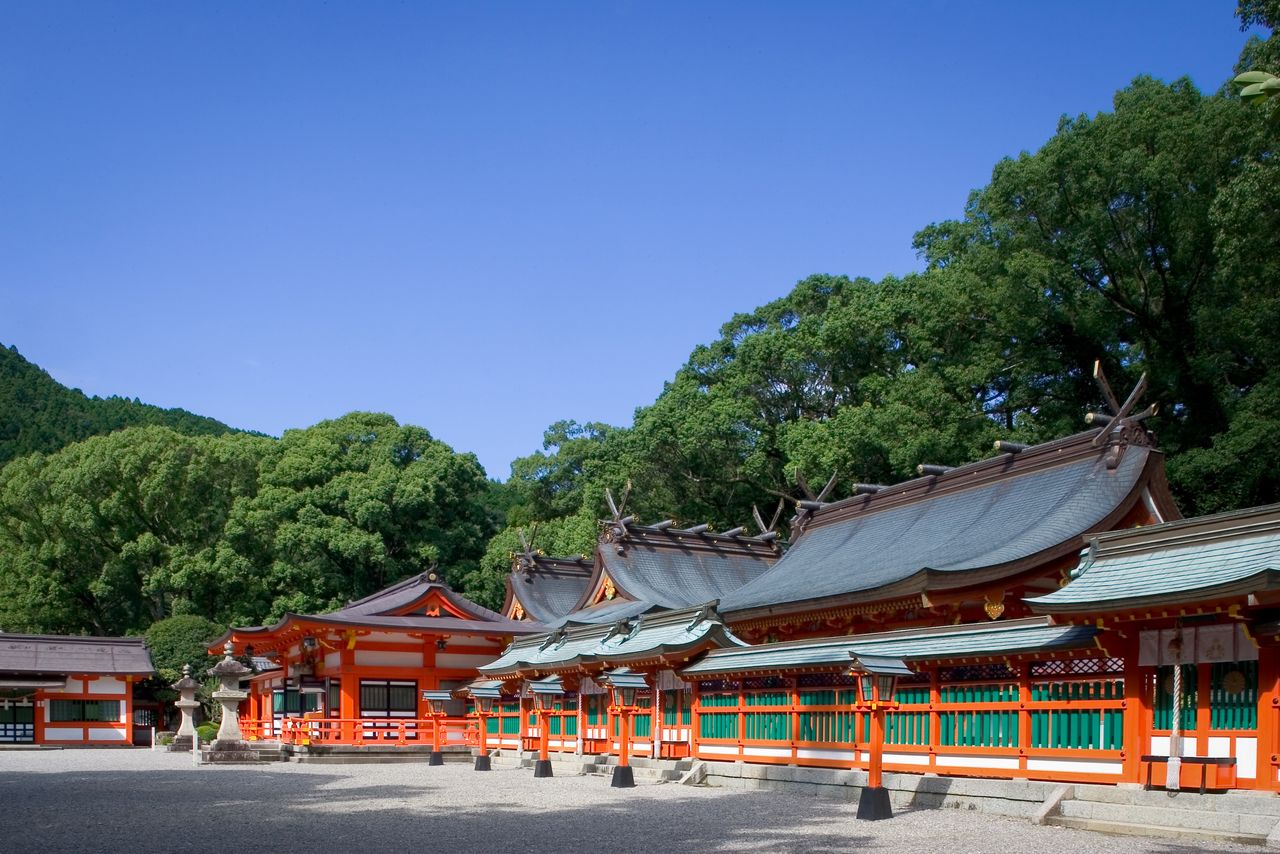
Among the authors of works exhibited in the museum are Picasso, Nonagase, Banka, Tanaka Kiokiti, Mark Rothko and George Segal. The museum’s restaurant was designed by the sought-after and talented architect Kisho Kurokawa, whose creative pen also includes the Oita and Toyota stadiums, Kuala Lumpur Airport and the new wing of the Van Gogh Museum in Amsterdam.
Mount Koya and Kumano shrines
In addition, in the vicinity of Wakayama, there are pilgrimage routes to Mount Koya and Kumano shrines, where, according to legend, Japanese Buddhism originated. The beginning was laid back in 816 by the monk Kobo Daishi, and now these routes are included in the list of UNESCO World Heritage Sites. By the way, in the 52 temples of Mount Koya, you can live the ascetic life of a Buddhist monk for some time. All you need to do is reserve your spot.
In addition, there are other noteworthy attractions in Wakayama: Hiro-jinja Shrine, Nachi Falls, Koya-Ruijin Kunisada and Yoshino-Kumano National Parks, Shirahama Hot Spring and others. The 133-meter Nati waterfall still impresses tourists with its scope. The highest waterfall in Japan played an important religious role. Even before the advent of all kinds of doctrines, the waterfall was revered by the ancient Japanese as a symbol of divine creation. Once in this city, do not deny yourself the pleasure of tasting the most delicious noodles in Japan, which in these parts are called not ramen, but chuka soba, which literally means “Chinese noodles”.
It differs from noodles in other regions of the country by juicy pork bone and rich soy broth. Also traditional Wakayama cuisine includes boiled eggs and mackerel sushi. In addition to traditional tourist attractions, Wakayama can offer quite unusual ones. For example, fascinating master classes are held three times a day at the Kuroshio-Ichiba fish market, where everyone will learn how to cut … tuna, and in the waters of Yunomina, the only hot spring in the world listed as a UNESCO World Heritage Site, any visitor can boil himself … an egg.
By the way, in July, Wakayama hosts the annual Nachi Fire Festival, which has been celebrated for 1700 years and is considered one of the most sacred events in Japan. 12 6-meter portable mikoshi shrines, richly decorated with mirrors and fans, are dedicated to Nachi Falls. One of the brightest scenes of the festival is a mystical performance with huge 50-kilogram torches that fly so close to the shrines that it seems they are about to burst into flames. Giant pine torches symbolize the 12 deities from Kumano, as well as the 12 months of the year.

Portable sanctuaries are filled with the souls of the gods, and then cleansed by fire, so the sacred rituals take place, for which the holiday is started. As soon as the festival has begun, the participants begin to climb the steps of the temple with heavy torches and a vivid expression of emotions – a piercing cry and loud breathing. When the torches are brought to the waterfall, one can finally make a prayer to the waterfall deity and, undoubtedly, feel the atmosphere of sacredness that accompanies the action.
Mount Koya
Mount Koya is located in the northeastern part of Wakayama Prefecture and is part of the Koya-Ryujin Quasi-National Park. At the top of Mount Koya is Kongobuji Temple, the main temple of esoteric Buddhism.
In 2015, the temple celebrated its anniversary – it was founded 1200 years ago. Prime Minister Shinzo Abe himself came to congratulate the monk brothers. A round date with zeros looks impressive. It will become easier to imagine the timeline if you remember: the monastic settlements on Mount Koya-san are almost the same age as one of the authors of the Slavic alphabet Methodius.

